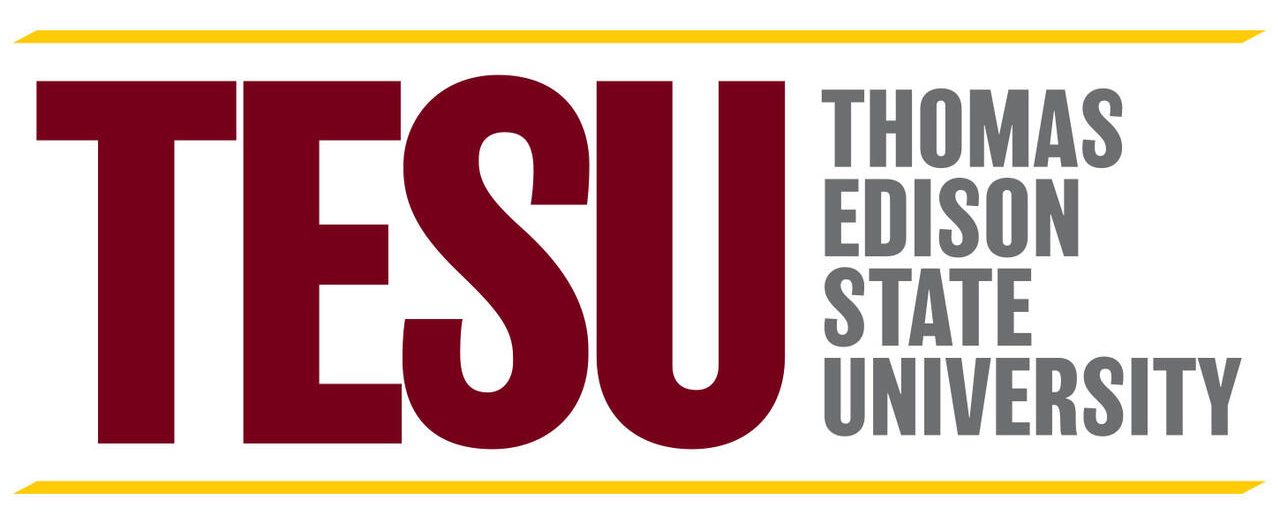Chapter 3: Russia
Identifying the Boundaries
Russia is the largest country in physical area—almost twice the size of the United States. The country extends from its European core, where most of the population live, across the Ural Mountains into Siberia and the Russian Far East, where residents have more economic and social connections with China than with Europe. A train journey from St. Petersburg to Vladivostok, the western and eastern termini of the Trans-Siberian Railway, takes about one week of constant travel. No paved highways cross the entire country. The main part of Russia is so big that it requires eight time zones, with an additional time zone for the European enclave of Kaliningrad, near Poland. Russia includes world-class cities such as Moscow, with its many billionaires and famous Red Square; vast territories of the Arctic north; immense forests of Siberia; grain farms rivaling those in Kansas; and mountain communities in the Caucasus. Russia has a complicated history of monarchy and totalitarianism, rich natural resources, extremes of wealth and poverty, and a slowly declining population. It is a dynamic country transitioning from a Communist state to part of the global economy.
Russia is located in both Europe and Asia. The Ural Mountains are considered the separation boundary for the two continents. The Asian side of Russia is physically bordered to the south by Kazakhstan, Mongolia, and China, with an extremely short border shared with the tip of North Korea. The Amur River creates a portion of the boundary with China. The Pacific Ocean is to the east with the Bering Strait separating Russia from North America. The Arctic Ocean creates the entire northern boundary of Russia stretching all the way from Norway to Alaska. The Arctic Ocean can be ice covered for much of the long winter season. Russia is a northern country with the majority of its physical area above the latitude of 50 degrees north. The Arctic Circle runs the entire length through the middle of the northern half of the country.
The boundaries of European Russian include its southern border in the Caucasus Mountains with Georgia and Azerbaijan. This portion of Russia protrudes south of 50 degrees latitude. The Caucasus Mountains are the tallest mountain chain in Russia and Europe. The Black Sea and the Caspian Sea create natural boundaries on either side of the Caucasus Mountains. The main borders with Eastern Europe include the large countries of Ukraine and Belarus. Farther north, Russia borders Latvia, Estonia, Finland, and Norway. European Russia is much smaller than its Asian counterpart but is the dominant core area for the country anchored by the capital city of Moscow.


